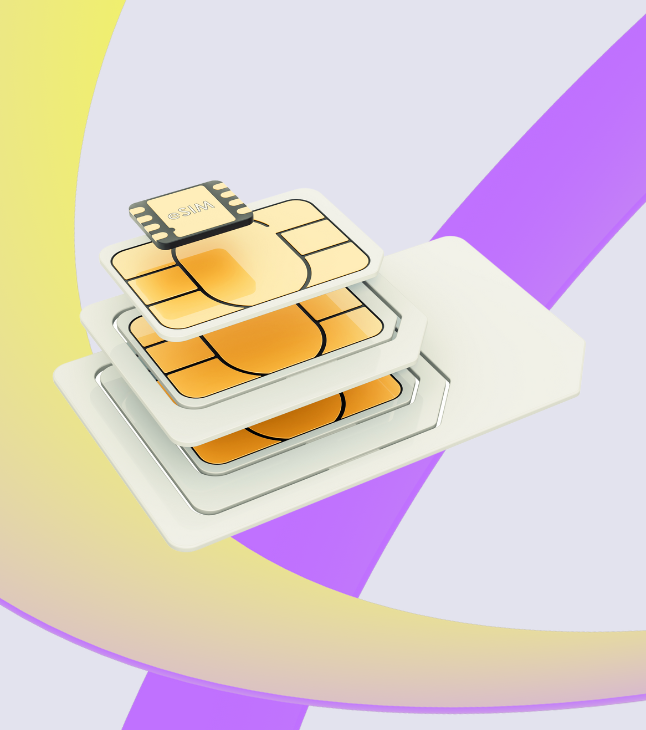Navigating crisis and disaster management presents a set of challenges marked by unpredictability and a lack of preparedness. Among the pivotal and intricate roles within these scenarios are those undertaken by first responders, including emergency medical technicians, firefighters, and law enforcement officers. The efficacy of their emergency preparedness and response measures plays a paramount role in the preservation of lives.
In our latest blog, we delve into the transformative potential of deploying IoT to empower first responders, smart logistics solutions enabling them to stay one step ahead in emergency situations.
Quick definition
NB-IoT, or Narrowband IoT, is a wireless connectivity standard for the Internet of Things. NB-IoT is among the low-power wide-area networks (LPWAN) that are most suitable for IoT applications with smaller data exchange, low bandwidth needs, and extensive battery life.
What are the day-to-day challenges of first responders?
To explore tech solutions, let’s first pinpoint the challenges faced by first responders in emergency situations:
- Limited awareness about the crisis
First responders operate without advanced notice, relying on protocols and judgment for response planning. Misinterpretation can pose risks or hinder effectiveness in these unpredictable situations. - Disconnected operations
During crises, first responders need seamless connectivity to central operators for enhanced interaction and coordinated responses. This facilitates adherence to strategic plans, overcoming the challenges of on-the-ground teamwork, which can be particularly difficult in such situations. - Dependent on swift decision-making
During a crisis, there’s no time for contemplation. First responders must act swiftly on arrival. Without sufficient information or a clear overview of the situation, their tasks become more challenging and less efficient. - Ill-equipped and resource-deficient
First responders typically embark on operations equipped with their standard tools and resources. However, for specific events, this approach may pose constraints, as they might not have adequate resources available for effective action. - Poor logistics and roadmaps
To efficiently deploy first responders, mission-critical information is imperative for operational teams. Without it, identifying or orchestrating the most effective deployment plan becomes challenging.
Moreover, as first responders bear the responsibility of saving lives, they often put their own at risk. Insufficient resources can lead them into perilous situations. IoT has the potential to provide crucial assistance to enhance their activities and ensure their safety.
Everything you need to know about IoT SIMs
How does IoT help first responders?
IoT’s role in measuring, monitoring, and notification applications can extend to crisis and disaster management, offering unprecedented ways to prepare first responders for their tasks. This is how IoT can help with creating crisis management solutions:
Applications of IoT for first responders
- Precise and real-time situational awareness
Real-time information through IoT can assist first responders by offering a precise understanding of the situation they face. This enhancement in readiness enables them to take decisive actions more effectively.
- Improved communication and coordination efficiency
IoT enables constant communication between first responders and their control room, enhancing real-time information with detailed situation assessments. This fosters improved coordination among responders.
- Statistical decision-making during a crisis
IoT gathers data, which can be analyzed to formulate the most effective strategy for optimal results. This aids administrators in determining the best troop formation, estimating resource needs, and devising contingency plans for emergencies.
- Efficient utilization and management of resources
IoT allows administrators and first responders to stay informed about the current situation and available resources. Additionally, it can track first response teams in real-time, optimizing manpower utilization through better formation strategies.
- Clear dispatch and support plan for first responders
In crisis and disaster management, pinpointing the initial response location and assessing potential risks are crucial. With IoT, strategists can formulate optimal response, evacuation, and deployment plans to achieve the best outcomes.
- Recording and logging on-site operations
Utilizing wearable cameras and LIDAR devices, first responders can document on-site operations and proceedings. This operational evidence serves to enhance action plans and assess the effectiveness of operational instructions and training.
- Vital sign monitoring for first responders
Acknowledging the importance of first responders’ well-being, IoT monitors vital health parameters like respiration, ECG, and blood pressure. In case of danger, immediate backup can be provided, potentially saving lives.
How to implement IoT to first responders
Integrating IoT to aid in emergencies poses challenges for government entities and administrations. Nevertheless, there are multiple avenues for implementing IoT solutions in the context of natural hazards or challenging outbreaks, including:
- Emergency IoT distress signals
IoT distress signals enable individuals to send urgent signals in times of dire need, offering the earliest possible detection of calamities along with precise GPS coordinates. - Intelligent building automation
Next-generation building automation can prioritize safety measures, utilizing devices like smoke detectors and gas detectors to help administrators effectively manage initial responses in industrial areas. - Wearable IoT devices for first responders
IoT wearable devices on first responders can serve as accurate witnesses to ongoing situations. ODMs offer cost-effective wearable devices to support and assist first responders. - Smart city infrastructure
Smart city infrastructures can utilize long-range communication, such as 5G, to help against disasters like earthquakes, hurricanes, or floods. This enables the determination of affected territories with geolocation, facilitating prepared and targeted responses.
IoT is an extremely useful tool with multiple advantages for first responders, which makes it a perfect crisis management solution.
Your IoT connectivity solution for first responders
If you are looking for the best reliable solution for your IoT use case, make sure to fill out this form. Our IoT experts will make sure your devices connect globally and take your business to another level.





